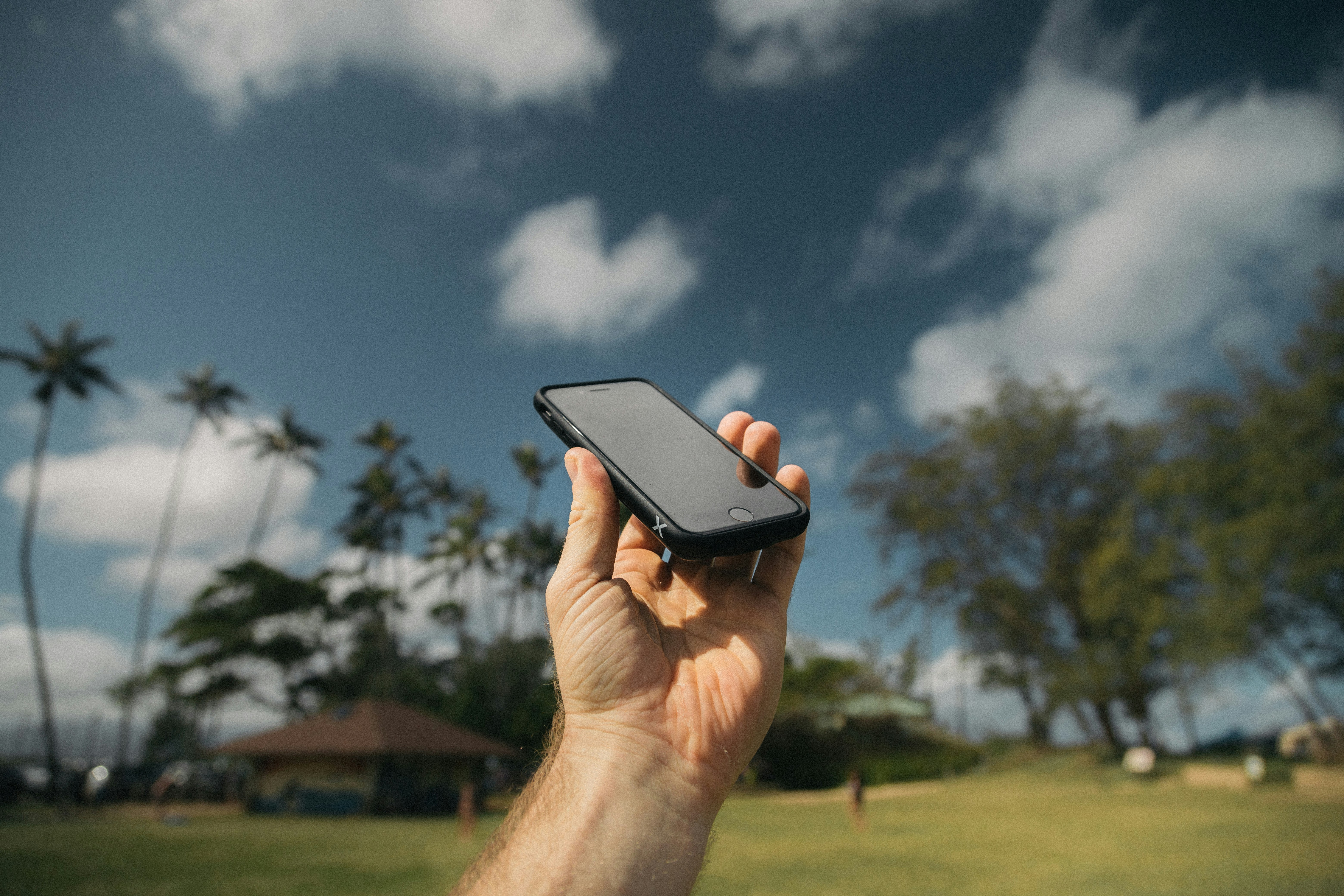Riding the Wave: The Emerging Relevance of LiDAR in Consumer Electronics
When it comes to cutting-edge technology, LiDAR (Light Detection and Ranging) is a name that is becoming increasingly familiar. From autonomous vehicles to the latest iPhone models, LiDAR technology has been making waves in the consumer electronics market.

A Journey From Obscurity to the Spotlight
LiDAR technology isn’t exactly new. It was first developed in the early 1960s, shortly after the invention of the laser. For decades, it was primarily used in geology and meteorology, where it helped scientists map the Earth’s surface and study the atmosphere.
However, in the late 2000s, LiDAR began to come into its own when it found its way into the automotive industry. The technology was a perfect fit for the development of self-driving cars, where it could be used to create detailed 3D maps of the environment around a vehicle.
The Leap Into Consumer Electronics
Fast forward to today, and LiDAR has made its way into the consumer electronics market. The catalyst for this transition? The announcement of Apple’s iPhone 12 Pro and 12 Pro Max, which both come equipped with a LiDAR scanner.
The inclusion of LiDAR in a mainstream consumer product like the iPhone opens up a wealth of possibilities. It brings Augmented Reality (AR) experiences to life, making them more realistic and immersive. It also has potential applications in 3D mapping, gaming, and even in improving photography.
The Market Impact
The iPhone’s use of LiDAR has had a significant impact on the market. It has been a driving force in bringing LiDAR technology to the forefront, and now other tech giants like Google and Amazon are reportedly exploring ways to incorporate LiDAR into their own products.
The consumer LiDAR market is expected to reach a whopping $2.5 billion by 2025, up from $1.3 billion in 2020. This rapid growth is expected to continue as more and more consumer electronics incorporate the technology.
The Future of LiDAR
While it’s clear that LiDAR is here to stay, the exact nature of its future in consumer electronics is still up in the air. There are many potential applications for the technology, but it will be up to tech companies to find innovative ways to harness its potential.
One thing is certain, though: LiDAR is a technology to watch. As it continues to evolve and find its place in the world of consumer electronics, it’s sure to bring exciting new developments to the table.
In conclusion, the rise of LiDAR in consumer electronics is a fascinating example of how a technology can evolve and find new applications over time. From its initial use in geology and meteorology to its current role in the latest smartphones, LiDAR has come a long way. And with its potential for further growth and innovation, it’s a technology that’s sure to continue making waves in the future.



